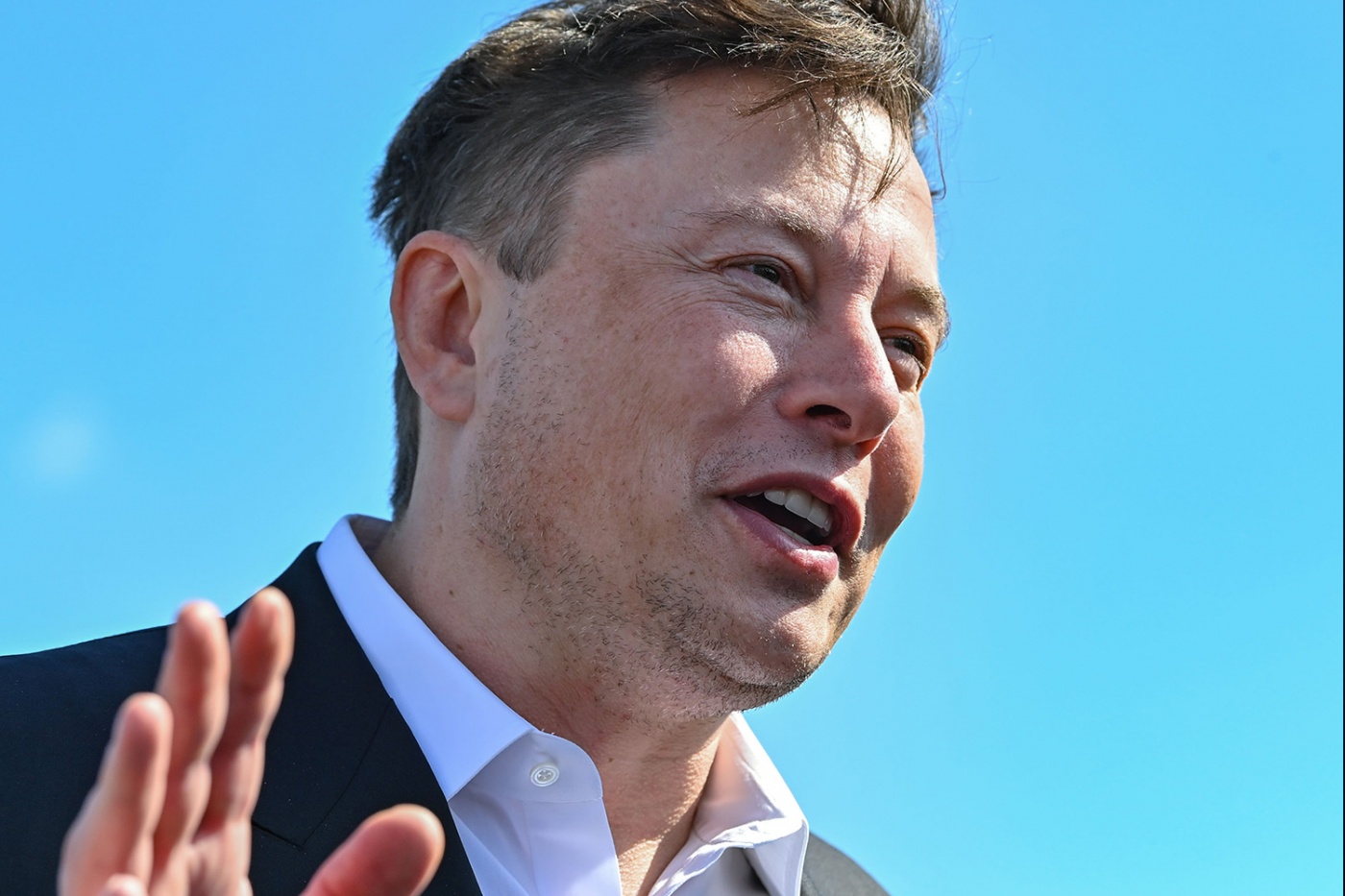Elon Musk Is Offering US$100M to Anyone Who Can Tackle Climate Change
Global temperatures are rising and our glaciers are melting at an unprecedented rate. Intense tropical storms and massive flooding in coastal areas have raised concerns over climate change and the increasing levels of carbon dioxide in the atmosphere. As countries band together to reduce carbon emissions to net-zero by 2050, billionaire Elon Musk is hoping to speed up this process with his latest proposition.
In January, the tech titan announced a US$100 million prize to inventors who can come up with the best solution to capture carbon dioxide. And this declaration was made after Musk was named the world’s richest person (surpassing Amazon’s Jeff Bezos) with a fortune of US$203 billion.
This four-year-long competition, organised by XPRIZE foundation, kicked off on April 22 (Earth Day) and will run through Earth Day 2025. International teams from across the globe are all welcome to participate. This is the largest donation he has ever made and it is coming straight from his own pocket. “The ultimate goal is scalable carbon extraction that is measured based on the fully considered cost per ton which includes the environmental impact,” said Musk. Here’s what you need to know about the contest.
The Prize
Instead of one lump sum, the US$100 million prize money will be awarded in tranches. Teams will battle it out till August 2022, where fifteen will be selected for the final round. Each of the selected teams will then receive US$1 million, which can be used to finance their entire technological build-out. Separately, 25 student teams will each be given US$200,000. After the competition concludes in 2025, the grand prize winner takes home US$50 million, while the first and second runner-up will receive US$20 million and US$10 million respectively.
How to Win
The judges from XPRIZE Carbon Removal will evaluate based on four basic criteria to select the final winner. Hence, in order to stand a chance at winning, teams have to devise a feasible “solution that can pull carbon dioxide directly from the atmosphere or oceans and lock it away permanently in an environmentally benign way.” First, the prototype has to be able to extract at least one ton of carbon out of the atmosphere per day. Second, the solution must be able to remove gigatons of carbon dioxide. Next, the solution has to be cost-effective. Lastly, the captured carbon must be sequestered for a minimum goal of 100 years ideally. “Both cost and scalability need to be addressed. Is it going to be enough carbon to matter, and can we afford it as a civilization? Those are two things that matter,” Musk said.
Ultimately, Musk hopes that this innovation can be scaled up to collectively remove 10 gigatons of carbon dioxide per year by 2050. “This is not a theoretical competition; we want teams that will build real systems that can make a measurable impact and scale to a gigaton level. Whatever it takes. Time is of the essence,” he added.
Responses Toward the Competition
One of the most popular reactions towards the competition was that it was a waste of resources. Instead, many have agreed that planting more trees would suffice. Since trees require carbon dioxide for photosynthesis, these “green lungs” would be able to effectively absorb excess carbon dioxide out of the atmosphere and replace it with oxygen. However, scientists have cautioned against placing too much faith in trees. Despite research groups claiming that planting a trillion additional trees could draw away a quarter of the carbon dioxide in the air, these figures are inaccurate. And while there is existing technology that can contain carbon dioxide effectively, it costs more than US$300 per metric tonne.
The Teams
Musk’s carbon removal contest has sparked a flurry of excitement in Silicon Valley with many start-ups voicing an interest in competing. One of the teams, Pull to Refresh Inc., was formed on the popular Clubhouse app, when co-founder and CEO Arin Crumley made an announcement on the platform that he was going to establish an XPRIZE team. Shortly after, he recruited ten official members. At the current moment, the team has already successfully extracted carbon dioxide out of the air using a small prototype they created and constructed. “Winning would be great because the XPRIZE badge of honour will make it easier for us to continue growing our operation toward the goal of completely putting an end to the climate crisis, but the money is kind of a drop in the bucket. We aren’t doing this for the prize money. It’s going to take a lot more than US$100 million to solve the climate crisis, but the competition can put us off to a great start,” Crumley said.
Depending on how outstanding the final design is, Musk has mentioned that he might increase the prize money over time. When asked why he was so obsessed with the concept of carbon capture, Musk replied, “Right now we’ve only got one planet. Even a 0.1 per cent chance of disaster. Why run that risk? That’s crazy!”


